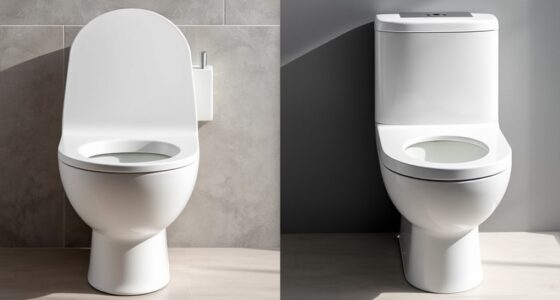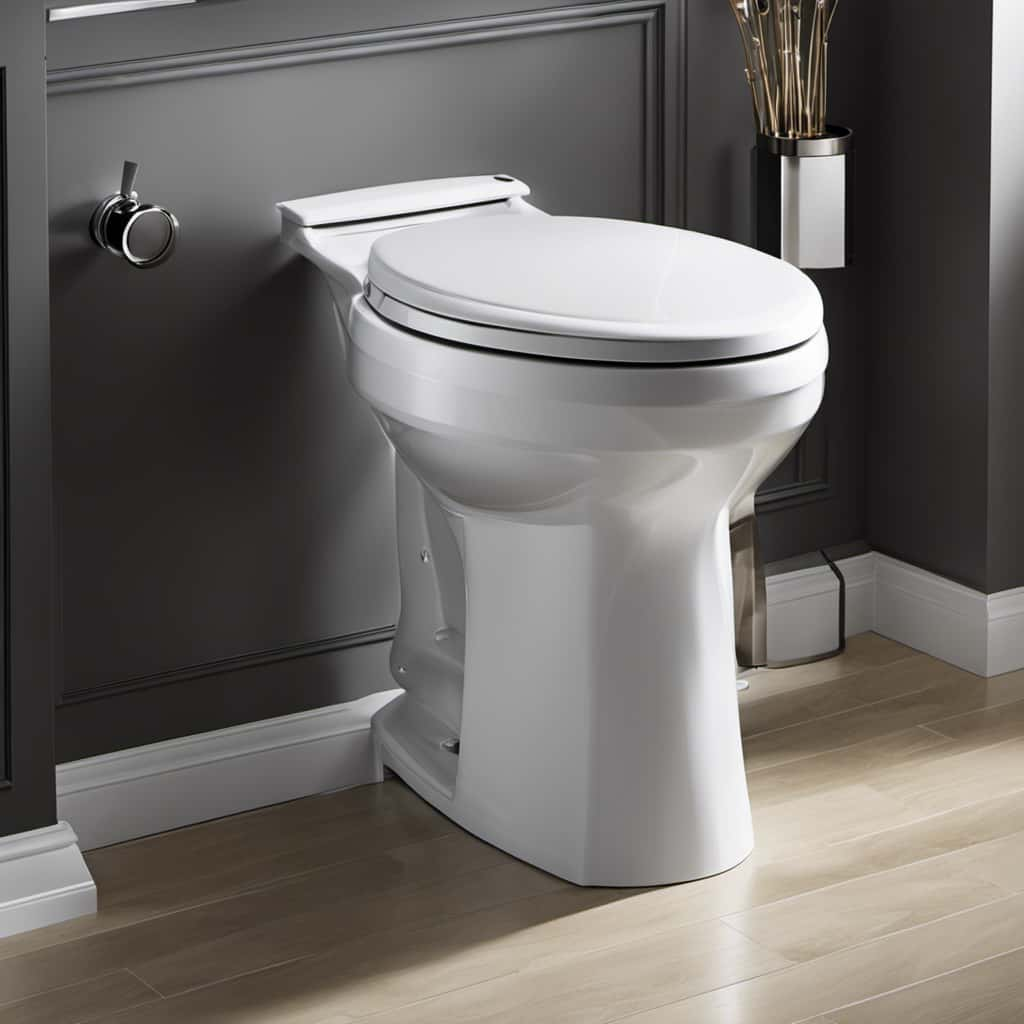We all know the frustration of a toilet that refuses to flush properly, leaving us in a state of panic and embarrassment. But fear not, for the toilet flush valve is here to save the day!
This small yet mighty component plays a crucial role in the functioning of your toilet. In this article, we’ll delve into the importance of a toilet flush valve, its components, how it works, common problems, and tips for maintenance.
Get ready to become a master of toilet mechanics!
Key Takeaways
- The toilet flush valve is a crucial component for maintaining proper flushing functionality.
- There are different types of flush valves, including dual flush valves, traditional single flush valves, and pressure-assisted flush valves.
- The flush valve works by regulating the flow of water from the toilet tank to the bowl, either through a flapper valve or a flushometer valve.
- Common problems with toilet flush valves include water leakage and insufficient flushing power, which can usually be resolved through simple repair and troubleshooting techniques.
Importance of a Toilet Flush Valve
Toilet flush valves are crucial components for maintaining proper flushing functionality in our bathrooms. They play a significant role in regulating the flow of water from the toilet tank to the bowl, ensuring efficient and effective flushing.
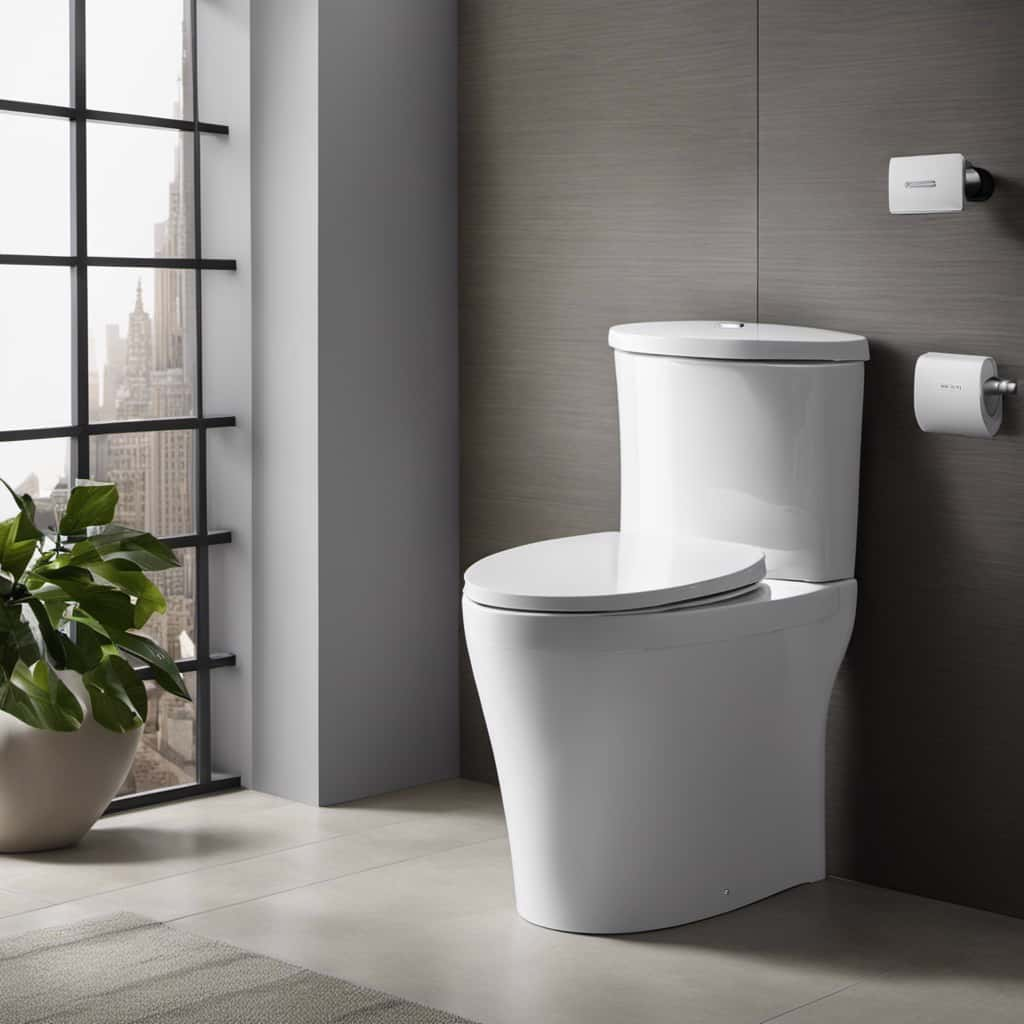
One of the benefits of using a dual flush valve is its water-saving feature. This type of valve allows users to choose between a full flush for solid waste and a partial flush for liquid waste, reducing water consumption.
Another type of toilet flush valve is the traditional single flush valve, which offers a standard flush for all types of waste.
Additionally, there are pressure-assisted flush valves that use compressed air to enhance flushing power.
Understanding the different types of toilet flush valves available can help us make informed decisions when it comes to maintaining our bathroom’s flushing performance.
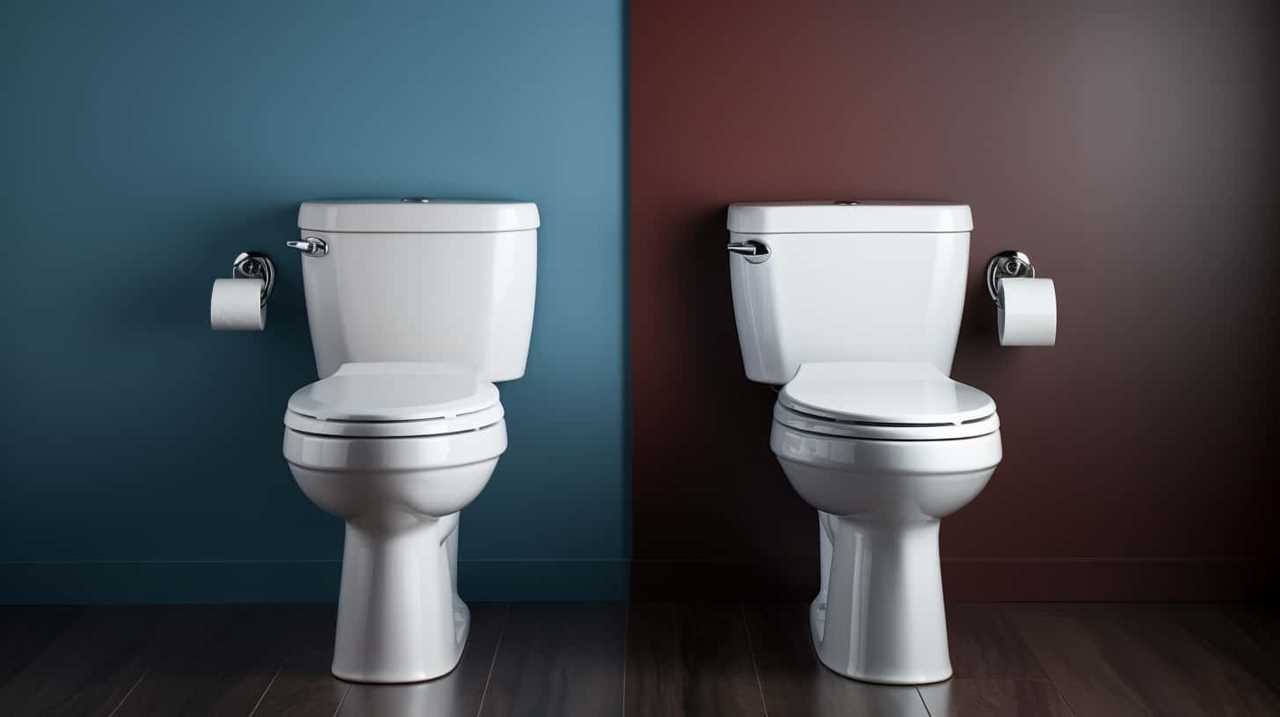
Components of a Toilet Flush Valve
The main components of a toilet flush valve include the handle, flapper, and overflow tube. The handle is used to initiate the flushing mechanism. It’s typically located on the front or side of the toilet tank and is connected to the flush valve by a lever or chain.
The flapper is a rubber or plastic valve that covers the flush valve opening and prevents water from flowing into the toilet bowl. When the handle is pushed, the flapper lifts, allowing water to rush into the bowl and flush waste away.
The overflow tube is a vertical tube that prevents the tank from overflowing. It’s connected to the flush valve and allows excess water to drain into the toilet bowl.
Proper maintenance and installation of these components are crucial for the optimal functioning of the toilet flush valve.
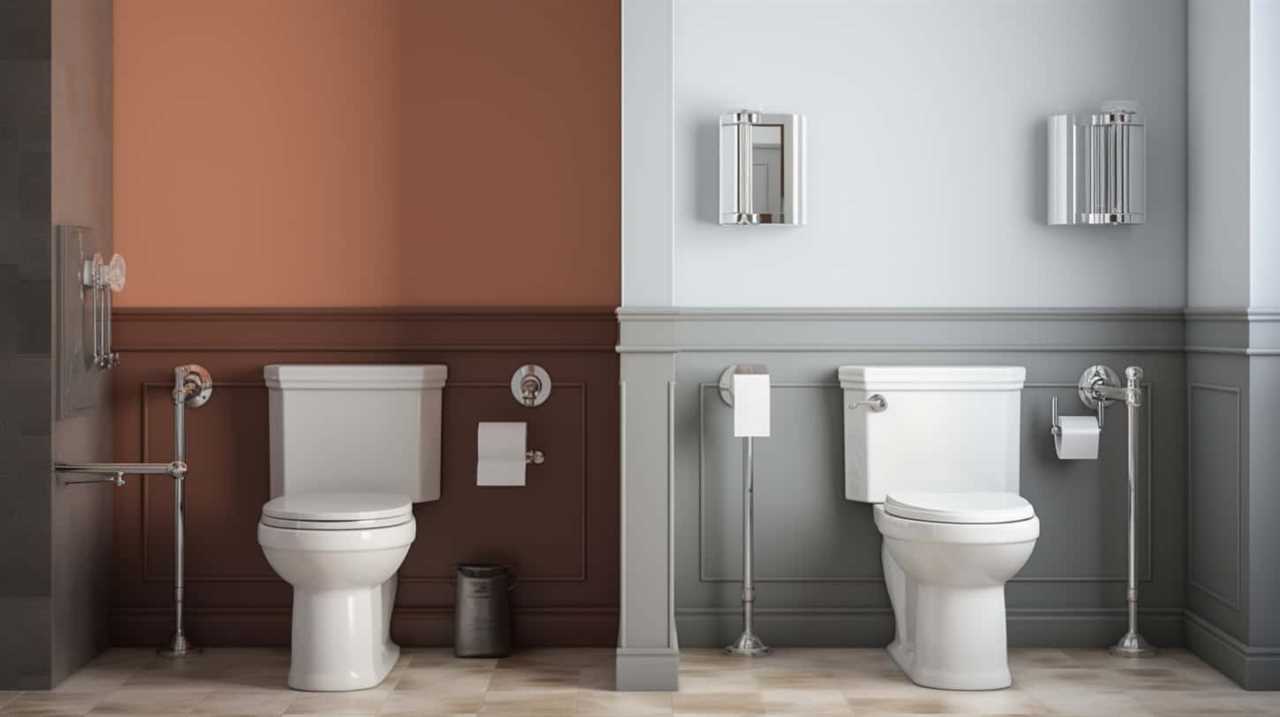
How a Toilet Flush Valve Works
Now let’s delve into how a toilet flush valve actually works.
The toilet flush valve mechanism is responsible for controlling the release of water from the toilet tank into the bowl during the flushing process.
There are two main types of toilet flush valves: the flapper valve and the flushometer valve.
The flapper valve is the most common type found in residential toilets. It consists of a rubber or silicone flapper that covers the flush valve opening in the tank. When the flush lever is pressed, it lifts the flapper, allowing water to flow into the bowl. Once the tank is emptied, the flapper falls back into place, sealing the valve and stopping the water flow.
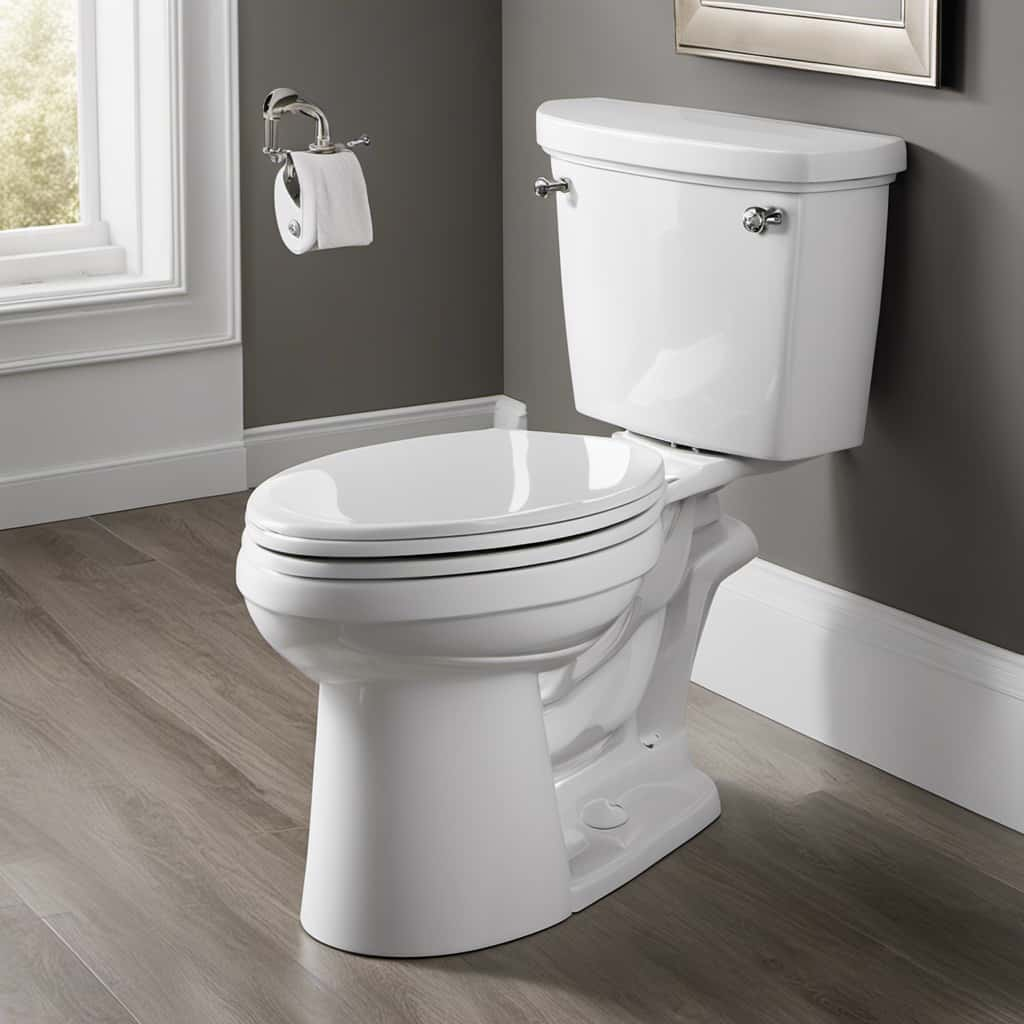
In contrast, the flushometer valve is typically used in commercial or public restrooms. It’s a more sophisticated mechanism that uses pressurized water from the main water supply to flush the toilet. When the handle is activated, a diaphragm or piston inside the valve opens, allowing water to rush into the bowl.
Understanding how a toilet flush valve works is essential for troubleshooting and maintaining the functionality of your toilet.
Common Problems With Toilet Flush Valves
Moving on to the common problems with toilet flush valves, we often encounter issues related to water leakage and insufficient flushing power. These problems can be frustrating and inconvenient, but fortunately, they can usually be resolved with some simple toilet flush valve repair and troubleshooting techniques.
| Common Problems | Causes |
|---|---|
| Water Leakage | – Worn out flapper or seal – Loose or damaged connections – Cracked flush valve – Faulty fill valve |
| Insufficient Flushing Power | – Clogged or partially blocked flush holes – Low water pressure – Malfunctioning flapper or flush valve – Incorrect water level adjustment |
To address water leakage, check for any worn-out components or loose connections. Replace the flapper or seal if necessary and tighten any loose connections. If the flush valve is cracked, it will need to be replaced. In the case of insufficient flushing power, clean any clogged flush holes, adjust the water level, and ensure the flapper or flush valve is functioning properly. If the problem persists, consider checking the water pressure and consulting a professional for further assistance.
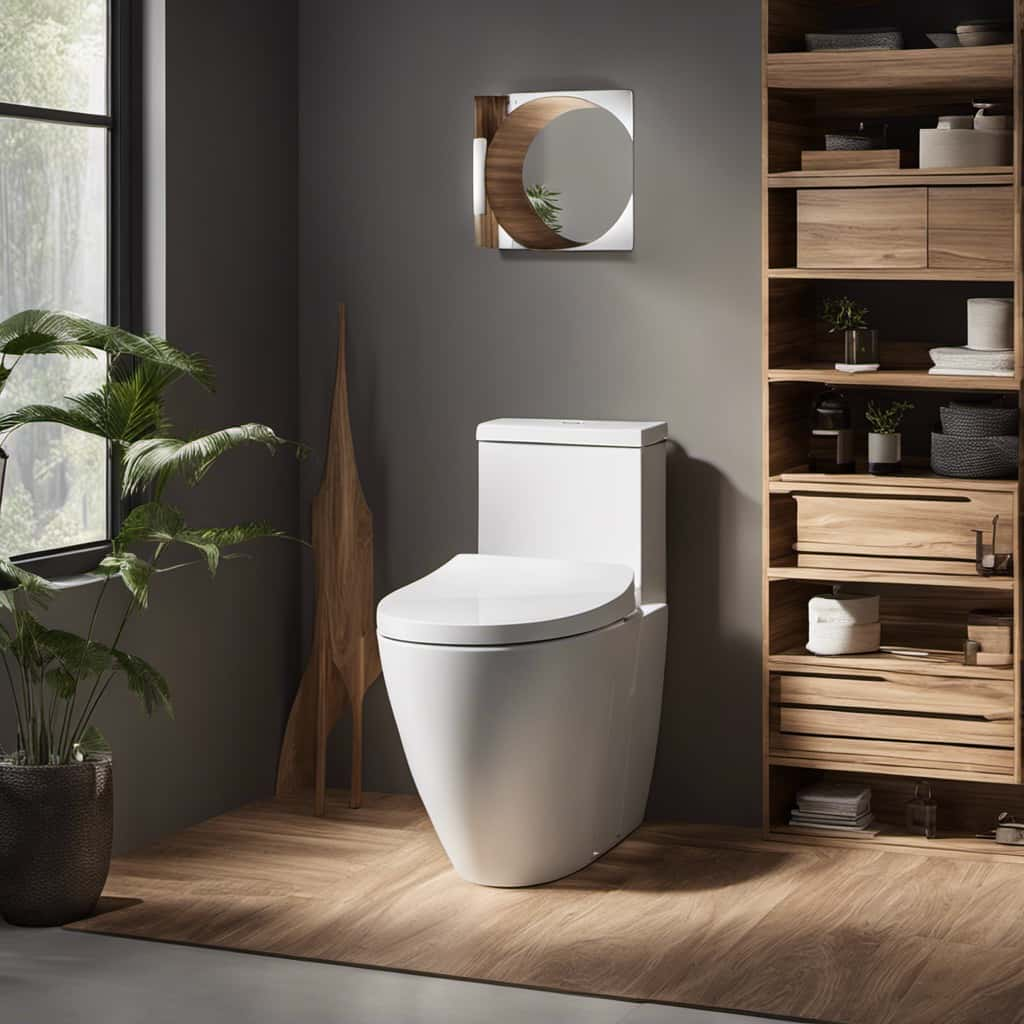
Now that we understand the common problems with toilet flush valves, let’s move on to the next section, which offers tips for maintaining a toilet flush valve.
Tips for Maintaining a Toilet Flush Valve
Continuing our discussion on common problems with toilet flush valves, let’s now explore some helpful tips for maintaining a toilet flush valve.
Regular maintenance can prevent the need for costly toilet flush valve replacements and ensure smooth operation.
First, check for any leaks or unusual noises when the toilet is flushed. This could indicate a problem with the flush valve, such as a worn-out seal or a loose connection.

If there are any issues, troubleshoot the toilet flush valve by inspecting the chain length and adjusting it if necessary.
Additionally, clean the flush valve regularly to remove any mineral deposits or debris that may affect its performance.
Finally, consider using a toilet flush valve lubricant to keep the parts moving smoothly.
Frequently Asked Questions
Can I Replace a Toilet Flush Valve on My Own?
Yes, we can replace a toilet flush valve on our own. It is a DIY toilet flush valve installation that requires some basic plumbing skills and tools.
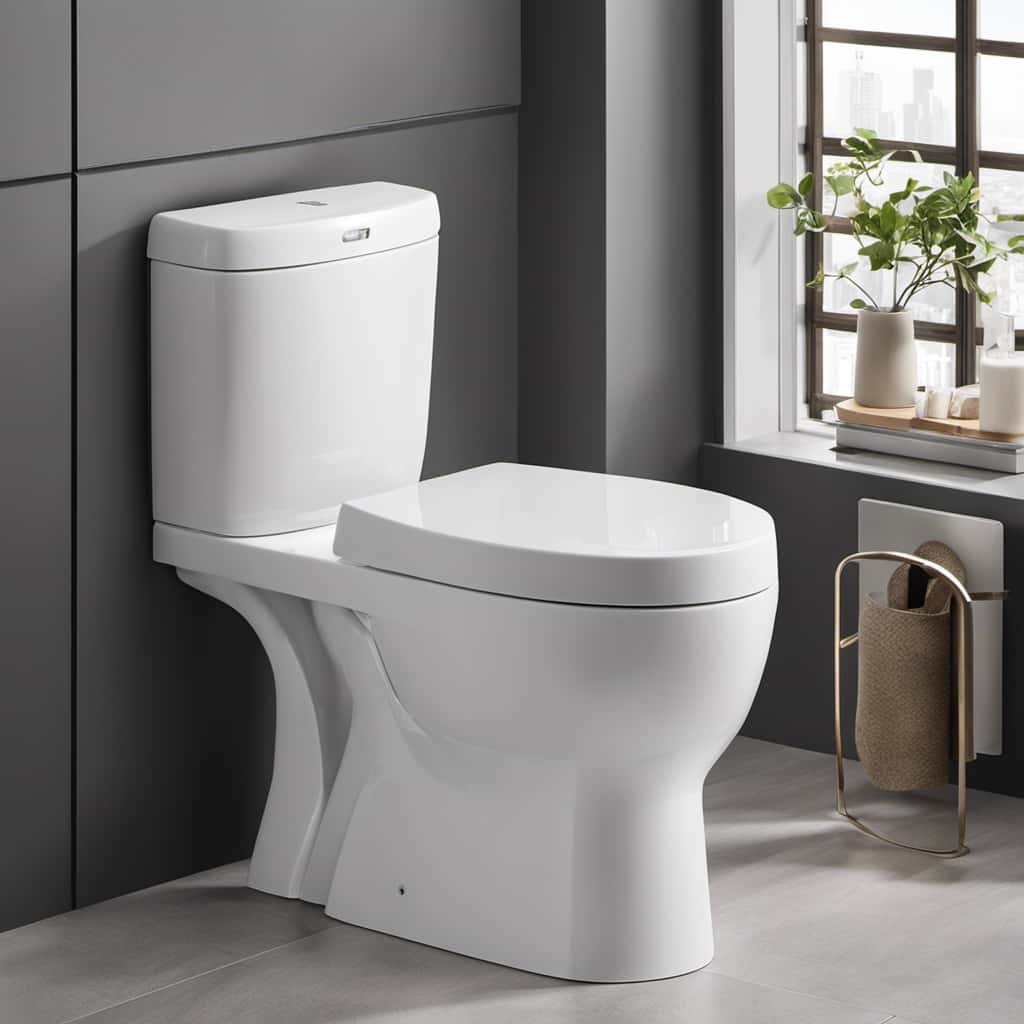
How Long Does a Toilet Flush Valve Typically Last?
Toilet flush valves typically last around 5-10 years. Regular maintenance, such as cleaning and replacing worn-out parts, can help extend their lifespan. Signs of a worn-out flush valve include leaks and weak flushing.
Are There Different Types of Toilet Flush Valves Available?
There are various types of toilet flush valves available, each with its own benefits. Upgrading flush valves can improve toilet performance and water efficiency. Regular maintenance is essential to ensure proper functioning.
Can a Faulty Toilet Flush Valve Cause a Toilet to Continuously Run?
Yes, a faulty toilet flush valve can cause a toilet to continuously run. This is a common problem that can be fixed through proper toilet flush valve maintenance, which includes checking for leaks and replacing worn-out parts.
What Are the Signs of a Malfunctioning Toilet Flush Valve?
When troubleshooting toilet flush valve problems, signs of malfunction can include water continuously running, weak flushing power, or a toilet that won’t flush at all. Toilet flush valve repair may be necessary to fix these issues.
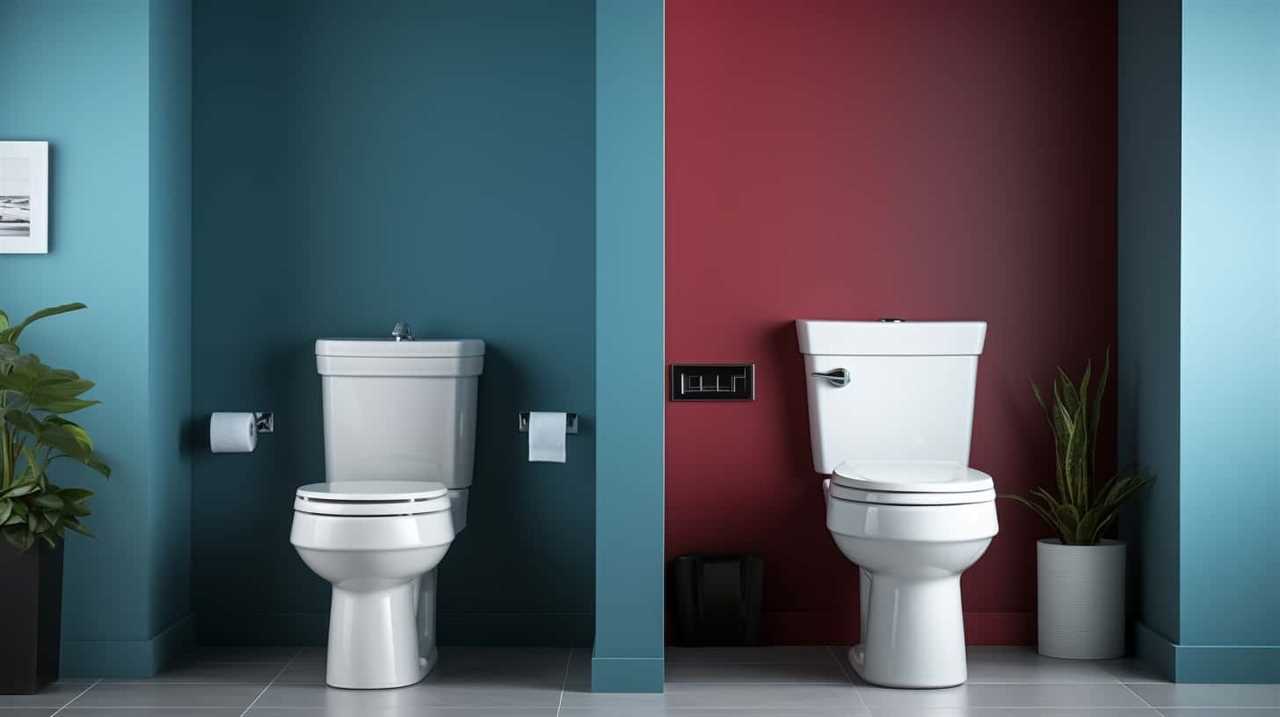
Conclusion
In conclusion, the toilet flush valve is the unsung hero of our bathrooms, quietly ensuring the smooth operation of our toilets. Like a conductor guiding an orchestra, it orchestrates the flow of water, allowing us to effortlessly flush away our troubles.
However, just like any other mechanical device, it requires regular maintenance to keep it functioning at its best. So let’s not underestimate the importance of this humble valve and give it the care it deserves.




